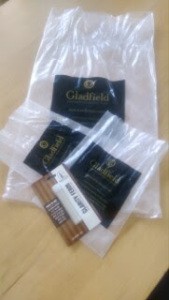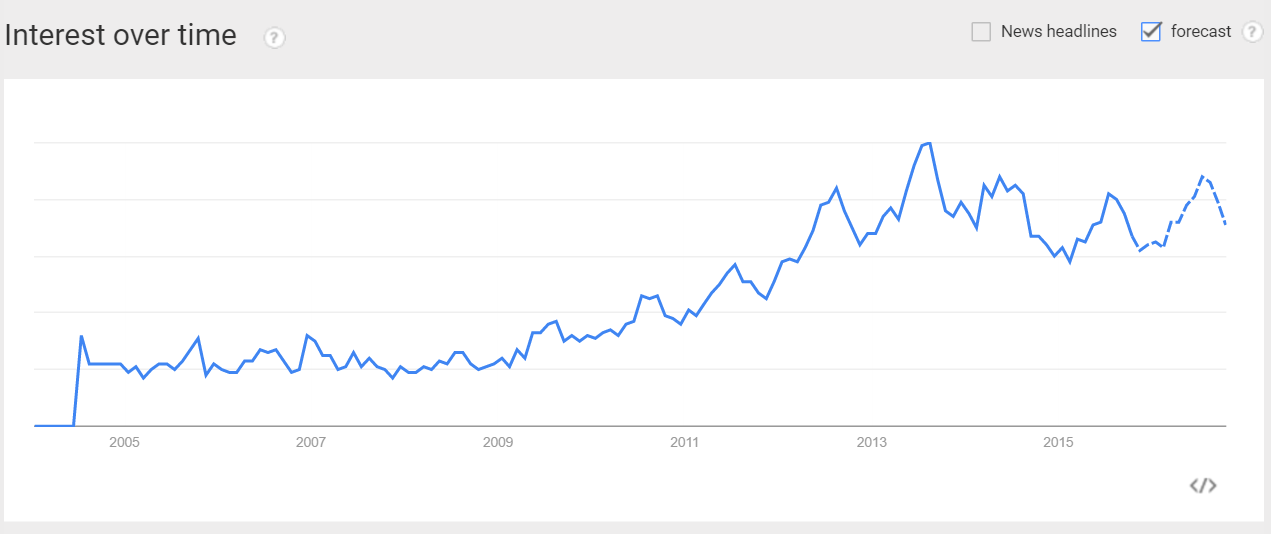Having a look at google trends, it looks as if there is a growing interest in gluten free beer around NZ shores – and it’s not slowing down any time soon. It doesn’t look like it’s just a trend. More about it on this google trends chart.
A month ago or so we posted on our plans to dispatch a batch of gluten free (and vegan) beer into “Fermentum”. After a bit of talking about it, we decided to settle for a beer that would show any undesired side effects of the product we used – Clarity Ferm – in all it’s unsolicited glory. No other style would allow to highlight flaws in the brewing process as would a lager. They are beers with a clean and smooth flavor profile (bordering in the uninteresting if it wasn’t for hot summer days), and would clearly show any issues such as but not limited to: the yeast being stressed, the water used not being well filtered or unbalanced, the mash pH not dialled in, if the boil was not vigorous enough, if it sat on the lees for too long, if the maturation wasn’t long enough, if the yeast didn’t attenuate as desired, etc, etc, etc… In addition to any other factors you could think of, you may pick up an infection during the process. The latter would force you to dump your efforts down the drain…
Ours is actually a ‘fake’ lager. When making beers this simple, I honestly prefer to add some character to them in the form of esters. Some go as far as writing ‘the poetry of esters‘. With a controlled fermentation process and with a reliable yeast strain, you should get what you expect to complement your malt and hops backbone if you’ve worked through the process with the necessary hygiene. Investing in temperature control for your homebrewing set-up should be high up on your list in terms of priorities – though there are some cool low-cost solutions that come about with a bit of ingenuity.
Looking at the recipe for this beer, it’s dead simple and it can be done with and without the addition of the enzyme/nutrient combo – I think that with a decent starter size of one package of dry yeast in about 2 liters of diluted, boiled and cooled LME made up 2 days prior to brewday the ferment will get enough momentum going that it should finish without hiccups, resulting in a dry beer. It is now fermenting on day 6, set at 15 celsius and the cooling keeps turning on – the yeast is loving this wort. There were no krausen until day 2. Since we are using an ale yeast, we started the ferment at a lower temperature to keep the production of higher alcohols in check; 80% of these are produced during the growth phase when the yeast consumes amino acids from the wort, thus stimulated by a slightly higher temperature. These higher alcohols would ruin our experiment by potentially masking any off-characters imparted by Clarity Ferm, which we want to highlight as much as we can. The lower start ferment temperature also produced a bit of reductive notes, by which I am not worried about at this stage: it’s early days and this bit of reduced hydrogen sulfide will blow off during fermentation.
Whilst we wait for the yeast to do it’s thing, have a listen to Belle & Sebastian’s new album ‘Girls in Peacetime Want to Dance’ as streamed on NPR‘s website.
Needless to mention, we are quite excited about this one and will keep you posted on how things develop.


